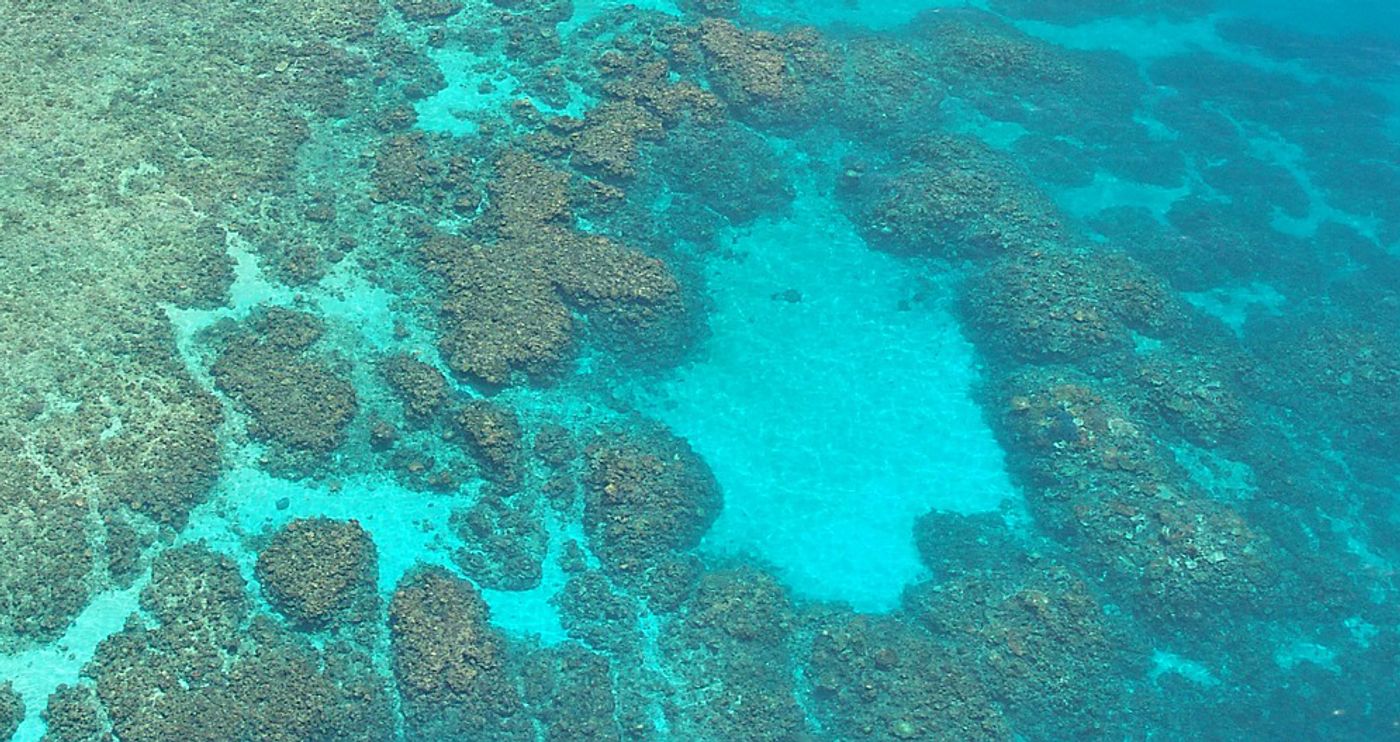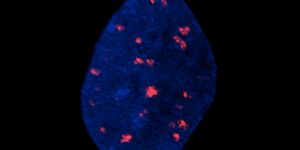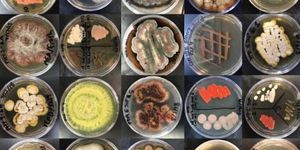Pesticides Plague Great Barrier Reef Waterways
Based on parameters set by the Australian and Queensland Governments, a significant pesticide reduction target for waters entering for the Great Barrier Reef is not currently being met. In 2017, the governments set a new pesticide reduction target in the Reef 2050 Water Quality Improvement Plan. The new pesticide target was based on the concentrations of pesticides required to protect 99% of species at the end of all catchments. This means that only 1% of aquatic species would experience some adverse effects from pesticides, and those effects do not necessarily include death.
Researchers from the University of Queensland, Australia (UQ) and the Queensland Department of Environment and Science recently spoke to UQ reporters about study results that were published in August’s Reef Water Quality Report Card (2017-2018). They shared that overall, only 97% of aquatic species are currently protected across the entire Great Barrier Reef Catchment Area (GBRCA). Their assessment only accounts for pesticides and herbicides and does not include fungicides.
Their results also showed significant differences between the natural resource management regions, ranging from 71 to 99%. Only one of the six natural resource management regions that are part of the GBRCA—the Cape York region—is meeting the proper target. According to the report, “this translates to 43% of the major catchments already meeting the pesticide target.” Knowing which regions are not currently meeting or nearing the reduction target is useful to all stakeholders in a given region. Two major catchments face a high risk from pesticides and two major catchments face a very high risk from pesticides.
These results were obtained by examining the combined toxicity of 22 of the most common pesticides found in waterways that reach the Great Barrier Reef. Previously, individual pesticides were assessed. The combined toxicity will prove more helpful to gauge the actual risk imposed on aquatic species in the regions. According to School or Earth and Environmental Sciences’ Associate Professor Michael Warne, “Difference pesticides affect different organisms, for example, herbicides will affect organisms that photosynthesize—such as seagrass, corals, mangroves, and algae—while insecticides affect insect larvae in freshwater and crustaceans.”
The video below, from Reef 2050 Water Quality Improvement Plan website, demonstrates how runoff from farms is monitored in catchments.
Sources: UQ, Reef Water Quality Report Card









